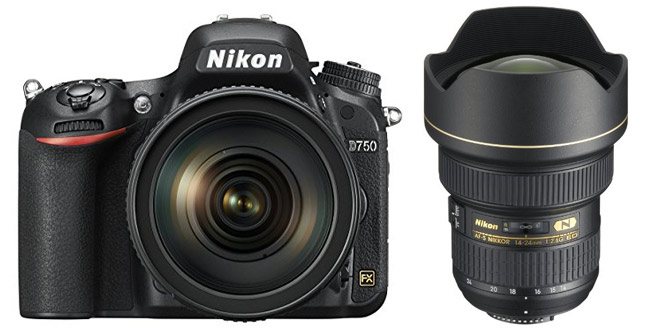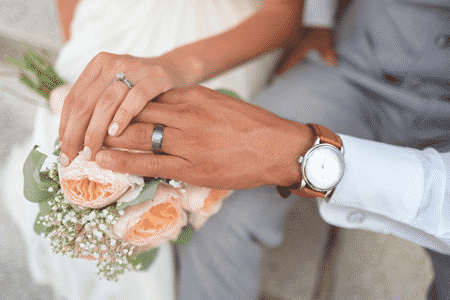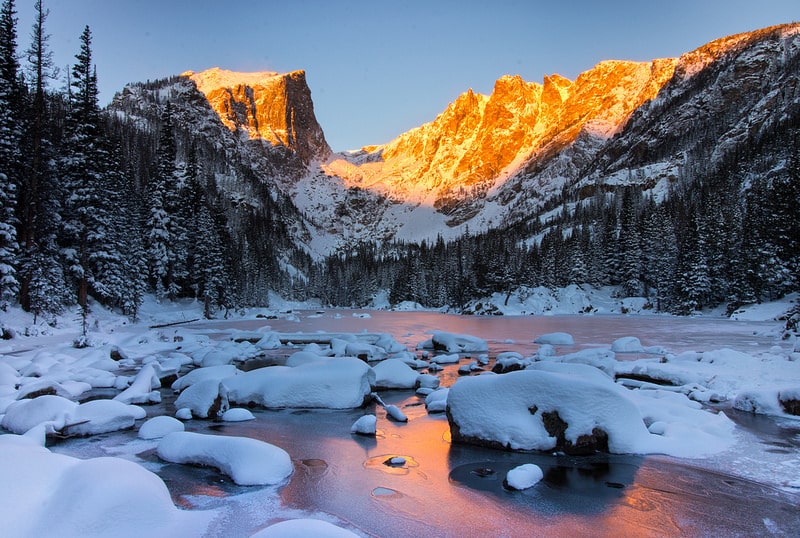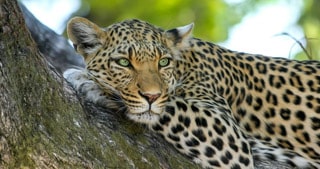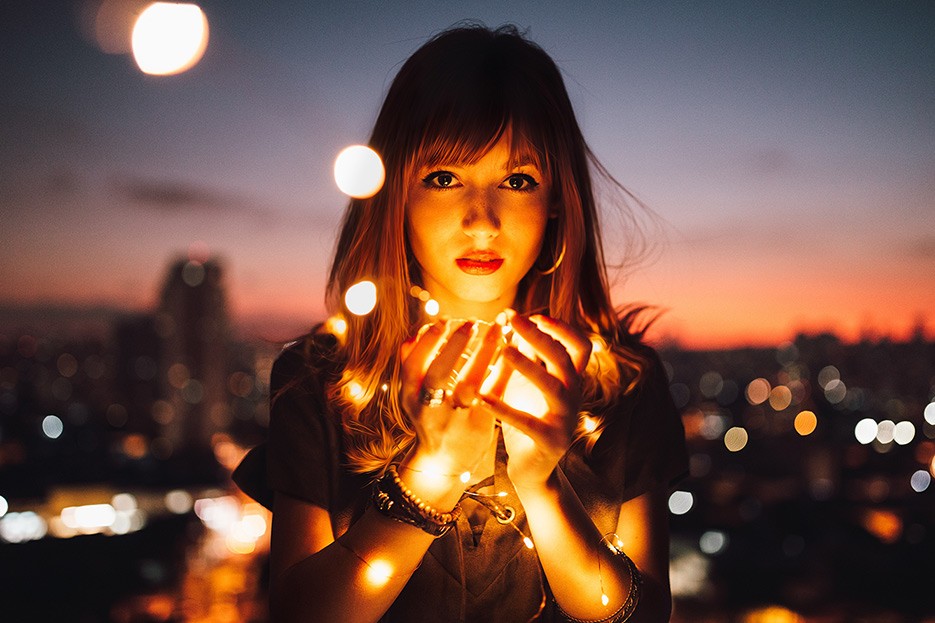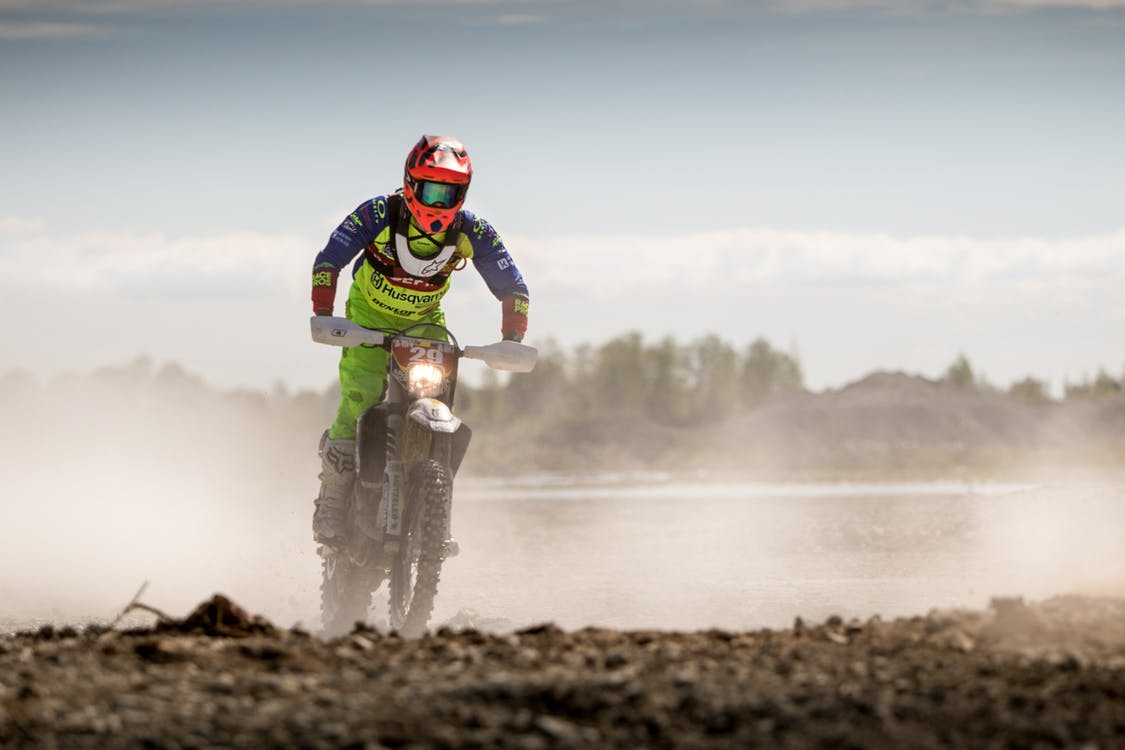The Nikon D750 is like a pimped up D610, so almost all of our recommended lenses are the same.
Specification wise, they both use a full-frame 24.3MP sensor but the D750 features a far better AF system that’s more accurate and faster.
Because of this, it’s way better for action photography, or when shooting in low light and you’re looking for fast focus. The D750 has 51 AF points (15 cross-type) compared to 39 (9 cross-type) on the D610.
Table of Contents
ToggleWhich Lenses to Get? What Brand?
We selected lenses that go well with a high megapixel sensor, because you probably want as much detail, colors and clarity as possible.
Always go with Nikon, Sigma and Tamron
Whereas a few years ago you were limited to Nikon lenses only, other companies have recently stepped up.
In fact, some Sigma and Tamron lenses outperform Nikon in quality, sharpness and price, and we included all of our favorite choices in this guide.

Wideangle lenses

Macro lenses

Telephoto lenses

Standard lenses
List of lenses we recommend for the Nikon D750:
We talk about all of these lenses below, but here’s a complete list if you’re looking for full specifications and reviews. Prime and zoom lenses, from widest to longest.
If you decide to buy anything through our Amazon links, you automatically support our work as we receive a small commission and it’s what allows us to write these guides. Plus, it doesn’t cost you anything and we only recommend what we do because we truly think it’s the best choice (you won’t see us recommend some overly expensive gear that sucks).
Best Portrait/Wedding/Low Light Lenses:
Sigma 35mm f/1.4 Art DG HSM
Nikon 50mm f/1.8G AF-S
Nikon 85mm f/1.8G AF-S
Best Wideangle Lenses:
Nikon 14-24mm f/2.8G ED
Nikon 16-35mm f/4G ED VR
Nikon 20mm f/1.8G ED
Best Telephoto/Action Lenses:
Nikon 70-300mm f/4.5-5.6G ED IF VR
Tamron 70-200mm f/2.8 DI VC USD
Sigma 150-600mm f/5-6.3 DG OS HSM
Best Walkaround/All-around Lenses:
Nikon 24-120mm f/4G ED VR
Best Macro Lenses:
Tamron 90mm f/2.8 DI VC USD Macro
Nikon 105mm f/2.8GIF ED VR Micro
The D750 accepts FX lenses only, here’s how most companies mark their full-frame compatible lenses:
Nikon -> ‘FX’ lenses fit on FX
Sigma -> ‘DG’ lenses fit on FX
Tamron -> ‘Di’ lenses fit on FX
Tokina -> ‘FX’ lenses fit on FX
Best Lenses for Portraits, Weddings, Low Light and General Photography

Best all-around and also cheap -> Nikon 50mm f/1.8G AF-S
Best for portraits, weddings and bokeh -> Nikon 85mm f/1.8G AF-S
Sharpest and fastest –> Sigma 35mm f/1.4 Art DG HSM
One of the categories where you’ll love the D750 (and probably why you bought it for) is low light photography in the standard focal range.
Whether you’re into weddings, portraits, baby or pet photography, the quality of the D750’s pictures is awesome. It also performs better in low light compared to the D610.
Why should you get a prime lens here? Simply because their quality, aperture size and sharpness are far better than the majority of zooms. Plus, they’re lighter and more compact, and because of their big apertures, your background will look super blurry, with creamy bokeh.
Standard focal length lenses can be used for all-around purposes as well, especially if you like to travel light. Just put on a small 50mm f/1.8G and you’re ready to shoot even in dim light.
1. Nikon 50mm f/1.8G AF-S
The Nikon 50mm f/1.8G is our favorite prime for FX photographers looking for a high quality, lightweight budget lens.
Every photographer should own a 50mm prime, especially if you’re into portraits, weddings, events or just casual, daily photography. Combined with the f/1.8 aperture, your background will look blurry and that’s what really makes your subject stand out.
A bigger aperture results in more light passing through the lens so you can take pictures in low light as well. You won’t have to raise the ISO speed as much, and the colors will look much more natural. Although as we mentioned previously, you can safely boost the ISO on your D750 up to 6,400 if you don’t plan on printing big.
You can buy it at Amazon or see more reviews here.
2. Nikon 85mm f/1.8G AF-S
We’ll keep it simple. If you’re into wedding, concert, portrait or night time photography, get the Nikon 85mm f/1.8G AF-S and you’ll never look back.
Why? It’s the focal length, there’s just something magical about 85mm for shots of people. Then there’s the awesome bokeh with fast f/1.8 aperture and sharp results. It’s more expensive but definitely worth it if you’re looking for that one lens to take your shots to the next level.
Because it’s noticeably longer than the 50 above, it’s not as good for street, indoor and walk-around purposes, but is ideal if you can’t always be close to your subject. It’s a perfect match for any FX camera.
You can buy it at Amazon or see more reviews here.
3. Sigma 35mm f/1.4 Art DG HSM
If you’re looking for the sharpest lens on the list, you’ve found it. The Sigma 35mm f/1.4 DG HSM is one of our favorite lenses of all time, simply because you won’t find anything so good at this price.
Sigma’s Art series features some of the best quality lenses we’ve ever seen. Its auto focus is fast and accurate thanks to HSM, bokeh looks pretty good for a 35mm lens, and it’s way cheaper and better than Nikon’s 35mm 1.4. It’s ideal for low light photography, portraits, landscape, indoor shots and also street photography. If you’d like, you can also use it as an all-around lens for traveling.
You can see some vignetting at f/1.4 but it can be used to isolate your subject, or you can always remove it in post process. Stopping down to f/2 makes it almost disappear, which is common for 35mm lenses. Bryan at TDP calls it his favorite Sigma lens and it’s easy to see why.
You can buy it at Amazon or see more reviews here.
Best Lenses for Landscape, Wideangle, Architecture and Indoor Photography

Best wide zoom -> Nikon 14-24mm f/2.8G ED
Sharp and affordable -> Nikon 16-35mm f/4G ED VR
Best fast prime -> Nikon 20mm f/1.8G ED
If you previously used a DX camera, you probably know a little bit about the 1.5x crop factor. In short, any lens you mount on a DX camera (like the D7200) makes it seem as if you’re using a 1.5x longer lens. You can read more about this here.
Because FX cameras don’t crop anything, they’re ideal for wideangle photography.
Maybe you’re into landscape, or you enjoy astrophotography; the D750 is a perfect camera for that. You can also use wideangle lenses for architecture, cities, group shots, real estate or anything else happening indoors.
Our favorite lens here is the Nikon 14-24mm f/2.8G ED. Most people know it as a part of the ‘holy-trinity’, which is a combination of the 14-24 f/2.8 mentioned, a 24-70mm f/2.8 and 70-200mm f/2.8 lenses. You don’t need them all of course, but their aperture and focal lengths cover you from wide to telephoto in all situations.
1. Nikon 14-24mm f/2.8G ED
Want an extreme wideangle lens that can also be used at night? The Nikon 14-24mm f/2.8G is one of the finest wide lenses made, as it displays little distortion even at 14mm.
It’s tack sharp, focuses super fast and is a dream for any landscape photographer. Just check out the gallery on Flickr here, the shots look absolutely fantastic, with rich colors and strong contrast.
You can buy it at Amazon or see more reviews here.
2. Nikon 16-35mm f/4G ED VR
If you don’t need f/2.8 and want something more affordable ($700 less), there’s always the Nikon 16-35mm f/4G ED VR.
This is an example of a wide lens that is pretty much perfect. Good price, great sharpness and colors, fixed f/4 aperture (just bump the ISO a bit indoors) and fast auto focus. You don’t have to break the bank to get it, and it’s worth every dollar.
Even the Vibration Reduction is helpful for low light, or when shooting around ~35mm, but if you use a tripod or just shoot at 16mm, you’ll rarely find it useful. Build wise, the lens feels solid and can be used for hikes and traveling as well.
You can buy it at Amazon or see more reviews here.
3. Nikon 20mm f/1.8G ED
It’s rare that we recommend 3 lenses from the same company in a specific category, but we really like Nikon’s options for an FX DSLR (in contrast, we really dislike their DX options).
The Nikon 20mm f/1.8G ED is obviously a prime, so you should only buy it if you’ve shot around 20mm before and know you like this length. One thing a lot of people don’t realize is that you can actually get a lens that’s too wide.
By ‘losing’ zoom, you get a much bigger aperture, less flare and less chromatic aberration. It’s also lighter and more compact than the two zooms above. Simply put, the 20mm f/1.8G is perfect for astrophotography, but also great for any daytime situation.
You can buy it at Amazon or see more reviews here.
Best Lenses for Traveling, Walkaround, Zoom and Everyday Photography

Best all-around choice -> Nikon 24-120mm f/4G ED VR
Best compact choice -> Any standard prime lens
If you dislike carrying around many lenses, or just want to own an all-around lens so you can sometimes leave all that other gear at home, we recommend the Nikon 24-120mm f/4G.
An all-around lens does exactly what you think; it’s something you can take with you regardless of where it is that you’re going.
When traveling, you might not always have the time to switch between different lenses, and you can also risk getting your gear wet/dusty.
However, you need to understand that lenses with a ton of zoom don’t have the same quality as primes, and always have smaller apertures in order to keep the size compact. We’re not saying they’re bad or anything, but if you print bigger you can’t expect to get the same quality.
Most photographers use an all-around lens for when they travel and don’t want to carry around a lot of weight, and then use the normal zooms and primes for more serious occasions.
1. Nikon 24-120mm f/4G ED VR
We find the Nikon 24-120mm f/4G ED VR to be the best bang for the buck. It does offer a lot of zoom but nothing unrealistic, the aperture stays at f/4 throughout the whole zoom and the Vibration Reduction is a big plus when working with longer lengths.
There’s also the new Sigma 24-105mm f/4 that we wanted to go with first, but the extra 15mm on the far end is what convinced us to choose Nikon. They are both optically great and can be used as your only D750 lens, but the Sigma is $200 cheaper (same minimum focus distance and weight).
You can buy it at Amazon or see more reviews here.
2. Prime Lenses

If you prefer using as little as possible and are more concerned with quality, bokeh and fast apertures, you should use any prime lens in the standard range.
- The Sigma 35mm f/1.4 is best for wider scenes such as streets, cities, landscape, group shots and indoor photography.
- The Nikon 50mm f/1.8G and 50mm f/1.4G are sort of like the best of both worlds; not too long, not too short. You can use them for almost anything.
- The 85mm f/1.8G can be used as your only lens as well, but it’s much longer and slightly heavier. This is more of a walk-around lens if you’re into portraits and closer shots (definitely not recommended for tight spaces).
While we also considered adding the Nikon 24-70mm f/2.8G, it’s probably a bit too heavy for most to consider it something you can use all the time.
Best Lenses for Wildlife, Sports, Birds and Action Photography
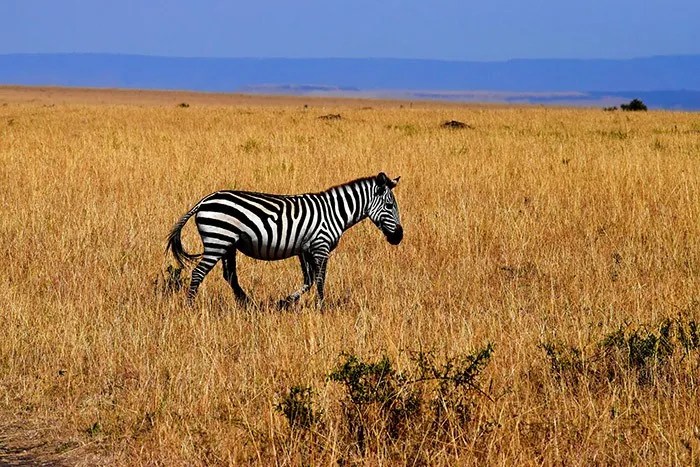
Budget telephoto zoom ->
Zoom up to 600mm -> Sigma 150-600mm f/5-6.3 DG OS HSM
A few years ago it wasn’t easy capturing action with a full-frame camera. Their specifications were focused more on still images, so anything related to burst or a lot of AF points wasn’t impressive.
The D750 is on a different level though. With 6.5fps and 51-point AF system like in the D810, it’s a very good choice for wildlife and sports photography.
Full-frame cameras are also more ideal for indoor sports with bad light, as you get way less noise and don’t always have to shoot with ~f/2.8.
However, you won’t be able to get as close to your subject as you would with a DX camera, since there’s no 1.5x crop factor. A 300mm lens on the D7200 (DX) is actually equivalent to using a 450mm lens on the D750.
That doesn’t mean you can’t shoot wildlife with it, it’s just that by using a FF camera you’ll have to get a bit closer, crop and/or get longer lenses.
Because telephoto lenses tend to be quite heavy, you’ll want to make sure you get one with Vibration Reduction. Basically, if you’re not totally stable the lens compensates for slight movements and makes the shot less blurry, but this won’t help if your main subject is moving fast, only a faster shutter speed will.
1. Sigma 150-600mm f/5.6-6.3 DG OS HSM
Want to photograph wildlife, the moon or anything far far away? The Sigma 150-600mm DG OS HSM, released in 2015, is your cheapest way of ever reaching 600mm with good quality.
It features Optical Stabilization which is a must for something so long, HSM for fast and accurate focusing and also fits on FX models. As far as focusing goes, it’s super quick and accurate. You can have the best image quality in the world but if the AF system sucks, what’s the point if everything is out of focus.
Construction wise, the lens feels solid and is something you can use outdoors in tougher situations with no stress.
Anything bad? The f/6.3 at 600mm makes it unusable for indoor sports, and it’s relatively heavy to carry around at over 6 pounds (1930g). If you’ve got a cheap tripod, you definitely have to buy something that can carry way more weight.
Because of the weight you’ll definitely have to rest every hour or so if you’re not used to carrying around such a big lens (assuming you shoot hand-held).
You can buy it at Amazon or see more reviews here.
2. Tamron 70-200mm f/2.8 Di VC USD
We used to love Nikon’s 70-200mm zoom, but after seeing Tamron’s version the price just isn’t worth it unless you need top build quality.
The Tamron 70-200mm f/2.8 is built very well and feels sturdy as a $1,500 lens should, but we couldn’t find anything better about the Nikon other than better construction if you often shoot in rain and harder conditions and don’t want to risk your equipment. Quality, sharpness and colors are the same, and their Vibration Compensation (VR at Nikon) works flawlessly as well.
70-200mm is ideal for portraits, events, concerts, weddings, sports and even landscape, on both DX and FX cameras.
You can buy it at Amazon or see more reviews here.
3. Nikon 70-300mm f/4.5-5.6G ED IF AF-S VR
 If you’re not that into telephoto photography but still want something with good quality and acceptable reach, the Nikon 70-300mm f/4.5-5.6G is your best option for the D750.
If you’re not that into telephoto photography but still want something with good quality and acceptable reach, the Nikon 70-300mm f/4.5-5.6G is your best option for the D750.
For birds or low light sports it’s not that good (because of 300mm and relatively small aperture), but for anything else outdoors it’ll be absolutely fine. There’s VR II that helps up to 4 stops, 2 ED elements to improve the contrast and reduce ghosting, and the lens has a minimum focus distance of 4.9 feet.
Basically, it’s something you use for outdoor sports, kids, pets running around, races and even for telephoto travel photography when you want to travel light (compared to other big zooms).
You can buy it at Amazon or see more reviews here.
Best Lenses for Macro, Product and Bugs Photography

Best Nikon macro lens -> Nikon 105mm f/2.8G ID EF VR II
Cheap 100mm macro -> Tokina 100mm f/2.8 Pro
If you want to look at the world from another perspective, there’s no better way than to use a macro lens. Their glass magnifies the subject so it’s just as big as it is in real life (1:1 ratio). If you ever see a zoom lens with ‘macro’ in its name, check the magnification ratio first, if it’s under 1 then it’s not a true macro.
When buying a macro lens, there’s one thing you never have to worry about and that’s sharpness. We couldn’t find a single lens that would be bad here and that includes a ton of third-party options as well.
For bugs and live creatures, longer focal lengths are preferred so you don’t scare them away.
1. Nikon 105mm f/2.8G IF ED VR II
Our favorite Nikon macro lens is easily the Nikon 105mm f/2.8G VR Micro.
With a closest focusing distance of 1.0 ft (31cm) and Vibration Reduction, it’s much easier to get close up shots without a tripod, especially in low light situations. Sometimes you just want to go out without all that extra equipment and it helps knowing that at 105mm (which is a length where movement can easily cause blur) you can get sharp results even with slower shutter speeds.
The lens focuses internally which means it does not extend as you focus, so it’s a big plus if you’re working with bugs and insects. Quality wise, it’s got ED glass elements and nano-crystal coating to reduce flare and chromatic aberrations, although you can believe us that any macro lens is razor sharp and optically superb. If you don’t need VR you can check out the Tokina 100mm f/2.8.
You can buy it at Amazon or see more reviews here.
2. Tamron 90mm f/2.8 Di VC USD
For around $300 less, the Tamron 90mm f/2.8 DI VC USD also gives you excellent sharpness and Vibration Reduction.
It is slightly shorter and this makes it a little bit more appropriate for capturing more in the scene, as well as hand-held photography. It’s got the same closest focusing distance of 11.8″ (30cm), 3 Low Dispersion elements to improve the quality and an USD Motor (Ultrasonic Silent Drive) for fast focusing.
The focal length is perfect for anything you can think of; food, products, portraits, fashion, products, bugs etc.
You can buy it at Amazon or see more reviews here.
| Lenses | Price | Designed for | Year |
| Nikon 20mm f/1.8G ED | Amazon | DX+FX | 2014 |
| Sigma 35mm f/1.4 Art DC HSM | Amazon | DX+FX | 2012 |
| Nikon 50mm f/1.8G AF-S | Amazon | DX+FX | 2011 |
| Nikon 85mm f/1.8G AF-S | Amazon | DX+FX | 2012 |
| Tamron 90mm f/2.8 DI VC USD Macro | Amazon | DX+FX | 2016 |
| Nikon 105mm f/2.8G IF ED VR Macro | Amazon | DX+FX | 2012 |
| Nikon 14-24mm f/2.8G ED | Amazon | DX+FX | 2003 |
| Nikon 16-35mm f/4G ED VR | Amazon | DX+FX | 2003 |
| Nikon 24-120mm f/4G ED VR | Amazon | DX+FX | 2010 |
| Tamron 70-200mm f/2.8 DI VC USD | Amazon | DX+FX | 2010 |
| Nikon 70-300mm f/4.5-5.6G ED IF VR | Amazon | DX+FX | 2001 |
| Sigma 150-600mm f/5-6.3 DG OS HSM | Amazon | DX+FX | 2015 |
Types of Lenses:
- Wideangle – Useful for capturing a lot in your scene (usually from 8 to 35mm)
- Standard – Where most photography happens (from 35 to 85mm)
- Telephoto – For subjects far away (85 to 600mm, only a few lenses that go higher)
- Macro – 1:1 ratio that magnifies your subject to real life size (usually from 60 to 180mm)
Wideangle Lenses:
Mostly used for photographing landscape, nature, architecture, indoors, group shots and the sky (day and night).
Standard Lenses:
This is what most of us have and use on a daily basis, as 35 to 85mm is a range that’s perfect for people, streets, traveling, weddings, food, you name it. Prime lenses in this range are affordable and have a big aperture so you can easily blur the background; check out the Nikon 50mm f/1.8G if you want to make your subject stand out.
Telephoto Lenses:
These allow you to get really close to your subject, and are great for sports, concerts, wildlife. Sure you can move closer to your subject, but sometimes that’s impossible or not worth the risk. The Nikon 70-300mm f/4.5-5.6G is the cheapest Nikon zoom and gives you the ability to really get close. Telephoto lenses can just as well be used for other types we mentioned though, don’t let the numbers limit your creativity.
Macro Lenses:
Want to shoot bugs, small products, details or just want to explore the world that we don’t usually see? Macro lenses make your subject appear as big as it is in real life.
Zoom and Prime
- Zoom lenses – Focal length can be changed
- Prime lenses – Fixed focal length, can not be changed
Simply put, a zoom lens allows you to get closer to your subject by rotating the zoom ring (like the 55-200mm that goes from 55mm, everything between, and 200mm).
A prime lens on the other hand is always at the same focal length (for example, 50mm). As a result, quality is usually better and the maximum aperture can be bigger without making the lens huge in size.
Which lens to buy first?

We like keeping things simple, so if you’re unsure what lens to buy first it all comes down to whether your current gear allows you to take pictures like you want.
These are the 4 most important factors you should consider before buying a new lens:
- Better quality
- Better low light performance
- Wider or longer focal length
- Price
Furthermore, you should get a lens when you want better performance at what you’re already shooting (sharpness, length, zoom, aperture etc.), or to start taking pictures that excite you but are hard to get with current equipment.
Useful Nikon Lens Sites:
Best Nikon Lenses For:
First and foremost, I’m a husband and father. Then professionally I’m photographer, designer, blogger, and Esty store owner. My homebase is near the stunning Wasatch mountains in Utah but I love traveling with my family as part of our homeschooling journey. I also love teaching and helping out others. My faith is one of the biggest aspects of my life and brings be a consistent joy that I haven’t found in anything else. My main blog is BestPhotographyGear.com and I strive to make photography simple for anyone looking to learn or find gear for their individual needs. By nature, I like to study, research, and analyze things and I use that help provide the best advice and reviews I can.

